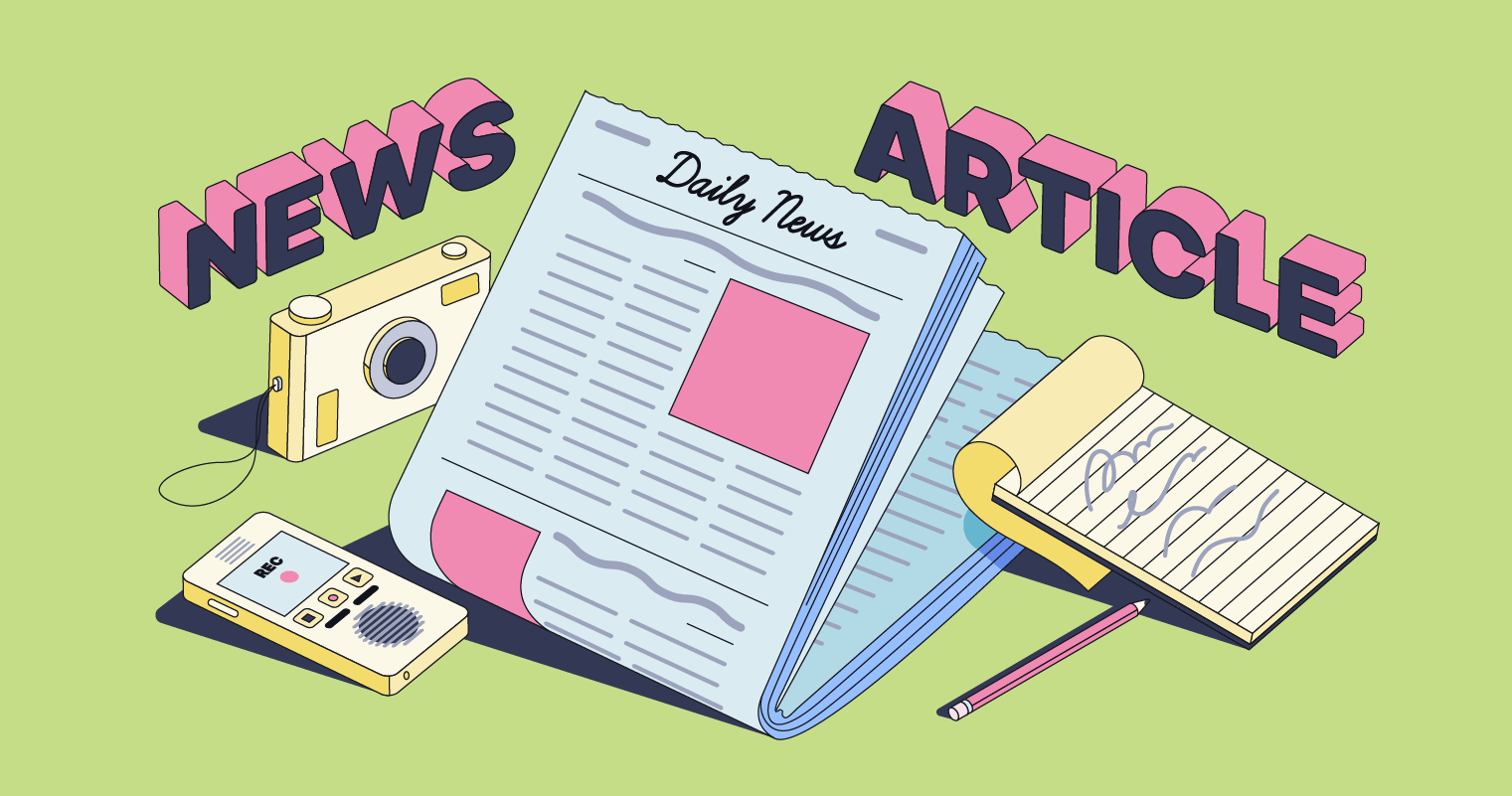News Articles Fundamentals Explained
News Articles Fundamentals Explained
Blog Article
5 Easy Facts About News Articles Explained
Table of Contents6 Simple Techniques For News ArticlesThe Best Guide To News ArticlesHow News Articles can Save You Time, Stress, and Money.News Articles Fundamentals ExplainedRumored Buzz on News Articles
Good understanding of different topics gives trainees an one-upmanship over their peers. Even though digital and social media sites are readily obtainable, we ought to not forget just how important it is to review the papers. Moms and dads have to try and instill the practice of checking out a paper as an everyday regimen to proceed the heritage of the adored print medium.News tales also include at least one of the adhering to vital qualities family member to the designated target market: closeness, importance, timeliness, human interest, curiosity, or consequence.
Within these limits, news tales likewise aim to be thorough. Nevertheless, other factors are included, some stylistic and some originated from the media type. Among the larger and more highly regarded papers, fairness and balance is a significant consider presenting details. Commentary is normally confined to a separate area, though each paper may have a various general slant.
Newspapers with a global audience, for instance, have a tendency to utilize a much more official design of writing. News Articles.; common style guides consist of the and the United States News Style Book.
An Unbiased View of News Articles
Generally, journalists will certainly not use a lengthy word when a short one will do. They use subject-verb-object construction and vivid, energetic prose (see Grammar). They provide narratives, examples and metaphors, and they seldom depend on generalizations or abstract ideas. News authors attempt to avoid utilizing the same word greater than once in a paragraph (in some cases called an "resemble" or "word mirror").
Headlines occasionally omit the topic (e.g., "Jumps From Watercraft, Catches in Wheel") or verb (e.g., "Pet cat woman fortunate"). A subhead (additionally subhed, sub-headline, subheading, subtitle, deck or dek) can be either a subservient title under the main heading, or the heading of a subsection of the write-up. It is a heading that precedes the primary message, or a group of paragraphs of the main message.

Additional billboards of any of these kinds might appear later on in the post (especially on succeeding pages) to entice additional reading. Such signboards are also made use of as tips to the article in various other areas of the publication or website, or as ads for the item in other magazine or sites. Normal structure with title, lead paragraph (recap in bold), other paragraphs (information) and get in touch with details.

Example of a hard-lead paragraph NASA is recommending one more space project. The spending plan requests approximately $10 billion for the task.
An "off-lead" is the 2nd most essential front web page news of the day. like it To "hide internet the lead" is to begin the post with background info or information of additional relevance to the visitors, compeling them to read even more deeply into a post than they should have to in order to find the essential points.
The Definitive Guide to News Articles
Typical use is that or 2 sentences each develop their very own paragraph. Reporters usually describe the organization or structure of a newspaper article as an upside down pyramid. The important and most fascinating aspects of a tale are put at the beginning, with supporting info complying with in order of lessening importance.
It allows people to explore a topic to only the depth that their curiosity takes them, and without the imposition of details or nuances that they could consider unimportant, however still Source making that info offered to much more interested visitors. The inverted pyramid structure also enables articles to be cut to any kind of approximate length throughout format, to suit the space offered.
Some writers start their tales with the "1-2-3 lead", yet there are lots of type of lead readily available. This layout invariably starts with a "5 Ws" opening up paragraph (as described over), adhered to by an indirect quote that offers to support a significant component of the first paragraph, and afterwards a direct quote to support the indirect quote. [] A kicker can refer to numerous points: The last story current broadcast; a "pleased" tale to finish the show.
Longer posts, such as magazine cover write-ups and the pieces that lead the within sections of a newspaper, are called. Feature tales differ from straight news in several means. Foremost is the absence of a straight-news lead, the majority of the moment. Rather of supplying the essence of a tale up front, feature writers might attempt to entice readers in.
Our News Articles Statements
A function's very first paragraphs usually associate an appealing minute or occasion, as in an "anecdotal lead". From the details of a person or episode, its sight promptly widens to generalizations regarding the tale's topic.

The Editor's Toolbox: A Referral Guide for Beginners and Professionals (2001) Allan M. Siegal and William G. Connolly. The New York City Times Manual of Style and Usage: The Official Style Overview Used by the Writers and Editors of the World's The majority of Authoritative Paper (2002) M. L. Stein, Susan Paterno, and R.
Report this page